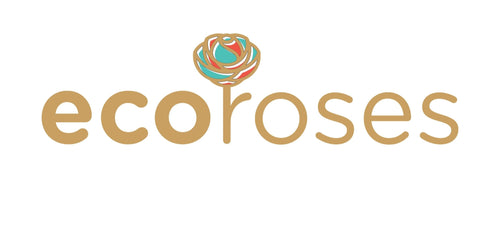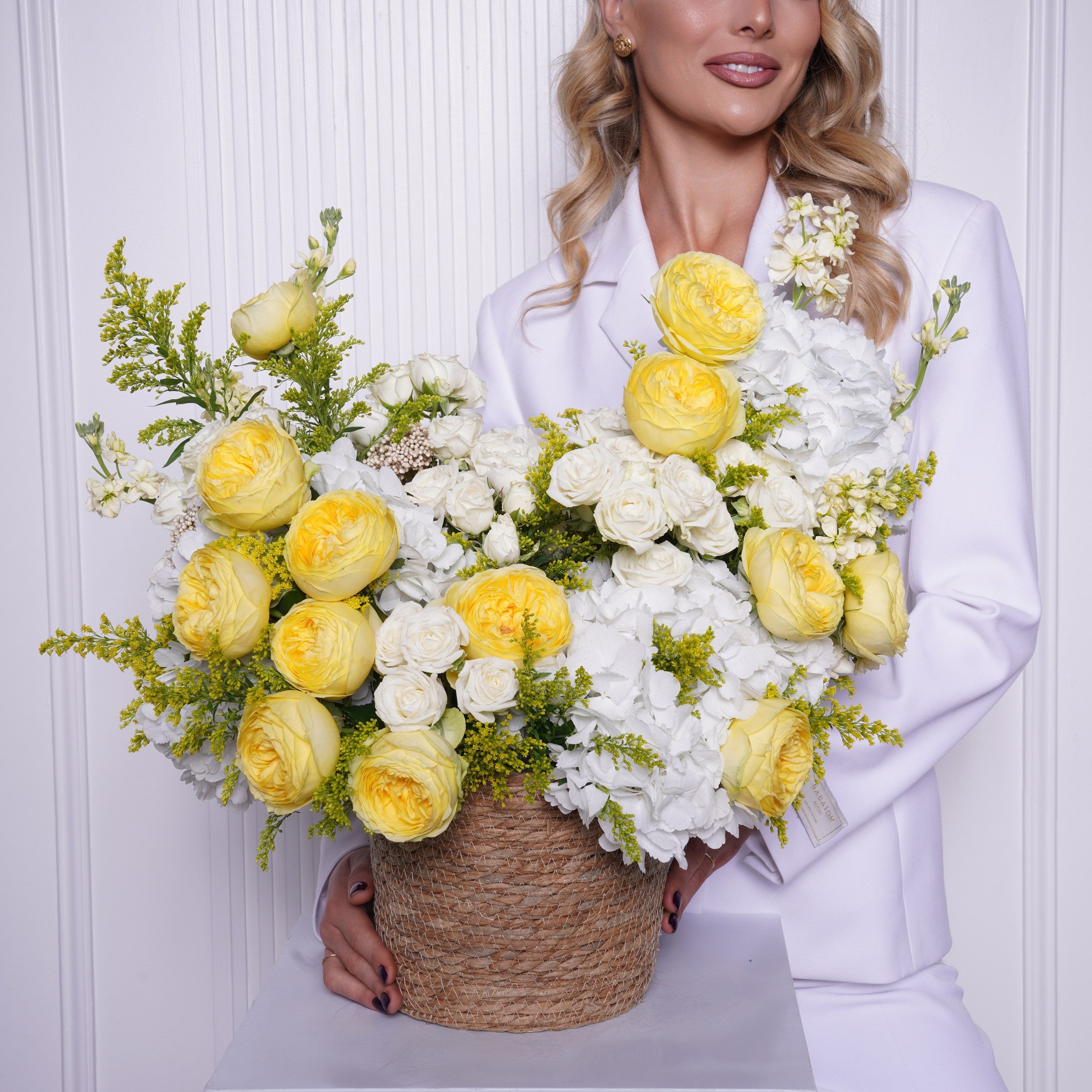In a world where authenticity, self-expression and sustainability matter more than ever, florists are rethinking the bouquet from the ground up. Today's younger buyers don’t just want pre-made bunches-they want fresh, customized floral experiences that reflect their values, their aesthetics and their digital lives.
This shift is more than cosmetic. The generations labelled Millennials and Generation Z are rewriting the rules of gifting, decorating and self-care-and floristry is responding accordingly. From tweakable designs and tech-enabled ordering to sustainability credentials and social-media-friendly presentation, the bouquet is becoming a canvas of identity rather than a simple commodity.
In this article we’ll explore how florists are adapting to Millennial and Gen Z expectations, what trends are driving the change, how technology and values are shaping the new bouquet, and why this matters not just for florists but for the entire floral industry.
Understanding the Generations: What Millennials & Gen Z Want
Millennials (roughly born between 1981-1996) grew up during the digital shift, witnessed the rise of social media and value experiences over things. Gen Z (born roughly 1997-2012) are true digital natives-they expect seamless mobile experiences, brand transparency, social purpose and personalization.
Key traits:
-
They value authenticity: brands must show where things come from, how they’re made.
-
They expect personalization: One report notes 75% of Gen Z prefer products they can personalize.
-
They demand sustainability: Local sourcing, low-waste, ethical practices matter.
-
They use mobile and social as primary shopping and inspiration channels.
For florists, that means the old model-choose a bouquet, pay, wrap, deliver-is not enough. The experience needs to engage on multiple levels: design, story, values and share-worthiness.
Trend 1: Personalization & “Build-Your-Own” Designs
Younger customers don’t want a generic “one size fits all” bouquet-they want options.
-
Many florists now offer DIY bouquet bars, either in-store or online, where the buyer picks stems, foliage, wrapping and add-ons. This meets the Gen Z demand for participation and creativity.
-
Customization also extends to subscription models: changing colors, varieties and frequency so that the bouquet evolves with mood or season.
-
Packaging and presentation matter: unboxing experience, Instagram-worthy wrapping, branded tags make the bouquet part of a lifestyle moment.
For florists, this means investing in choice architecture: stems displayed like fashion, preview tools, flexible packaging, and even interactive checkout where buyers tailor the bouquet themselves.
Trend 2: Digital First, Social Ready
Since Millennials and Gen Z live on their phones, floristry has followed.
-
Online ordering must be optimized for mobile: fast checkout, seamless visuals, share buttons.
-
Social media content is key: behind-the-scenes videos, flower-farm stories, user-generated posts with hashtags. Brands that show their values (ethical sourcing, local growers, sustainable practices) gain authenticity.
-
Innovative formats: AR filters to preview bouquets in your space, TikTok challenges where customers arrange stems, Instagram Story polls to choose next week’s featured floral theme.
Florists who treat bouquets as content get more than one-time buyers-they build communities, fans, and repeat engagement.
Trend 3: Sustainability & Ethical Sourcing
Values matter-especially to these age groups.
-
Research shows Gen Z places higher priority on sustainability than any previous generation.
-
In floristry this means:
-
Locally grown flowers (reducing carbon footprint)
-
Seasonal sourcing (avoiding long imports)
-
Reduced or plastic-free packaging
-
Transparent supply chains: “from farm to vase” stories.
-
-
Brands that communicate this clearly build trust and loyalty. One review notes that Gen Z “wants to buy meaning, not just product”.
For florists, this can mean aligning with local farms, using reclaimed vessels, offering more “slow-flowers” (locally grown, seasonal) and educating customers. That alignment becomes a differentiator.
Trend 4: Alternative Styles & Aesthetic Innovation
Bouquets for Millennials & Gen Z look different-and reflect broader aesthetic shifts.
-
Mono-varietal, sculptural designs are gaining ground (one flower type, dramatic form).
-
Bold textures, mixed foliage, dried flowers, unexpected color palettes (think terracotta, sage, muted tones) are resonating.
-
The rise of “house plant aesthetic” impacts bouquet design-plants and flower arrangements merge.
-
Style cues from digital culture: what looks good on IG/TikTok is often guided by color story, trending hues, and share-ability.
This means florists must stay ahead of visual culture, experiment with new stems (dried grasses, unusual foliage), and design with digital presentation in mind.
Trend 5: Self-Gifting & Everyday Moments
Gone are the days when flowers were only for special occasions. Younger consumers buy for themselves.
-
A study shows that younger generations are more likely to purchase flowers for themselves rather than only as gifts.
-
Florists therefore design collections aimed at “treat-yourself” moments: small vases for desks, plants for urban apartments, mixed blooms for seasonal refresh.
-
Subscription services, flexible pricing and mini-bouquets make it accessible.
This shift expands the market and changes the way florists think about product lines. Bouquets are no longer just for gifting-they’re for lifestyle.
How Florists Can Adapt: Practical Strategies
Florists ready to win with Millennials & Gen Z should adopt strategies like these:
-
Mobile-optimized e-commerce – Ensure your shop is mobile friendly, fast, has social integration.
-
Custom bouquet builder – Let customers choose stems, wrapping, add-ons, shareables.
-
Sustainable credentials – Communicate sourcing, packaging, farms. Use words like “locally grown”, “seasonal”, “eco-wrap”.
-
Social content pipeline – Behind-the-scenes, flower-farm visits, DIY workshops, user-tag campaigns.
-
In-store/online experience – Photo-friendly displays, Instagram-worthy backgrounds, pop-up workshops.
-
Flexible pricing & formats – Mini-bouquets, subscriptions, house-plant bundles, add-ons for personalization.
-
Aesthetic evolution – Stay on trend with color palettes, alternative materials (dried, preserved), modern vessels.
-
Self-care positioning – Market flowers as wellness, mood-boosting, decor for your home rather than only for gifting.
These strategies turn a simple bouquet into an experience: digital, personalization-driven, visually compelling and values-oriented.
Why This Matters: Market Impacts & Future Growth
The U.S. floral gifting market is significant and growing. In 2024 it was valued at USD 12.18 billion and is forecast to reach USD 16.81 billion by 2030.
Within that, younger generations present both a challenge and an opportunity. They prize values, expect digital convenience and are shaping what “buying flowers” means.
For florists, embracing these changes means remaining relevant. Those who cling to “business as usual” risk being bypassed by younger consumers who see flowers differently-not merely as traditional gifts but as statements, décor, wellness tools and personal expression.
Case Study: Boutique Florist Meets Gen Z
Imagine a boutique florist in Los Angeles who overhauled its model for Millennial & Gen Z customers:
-
They launch an app feature where customers swipe color palettes, choose stems and preview arrangements virtually.
-
They partner with a local flower farm, producing a short video showing the field and the harvesting process-shared on IG and TikTok.
-
They introduce a “Self-Love Sunday” mini-bouquet line marketed for home décor, priced affordably.
-
They redesign their wrap to compostable kraft paper with bold branding and a QR code linking to styling tips.
-
They host monthly “Bouquet Bar Nights” where customers build their own bouquets, snap pics in a branded photo booth and share on social media.
The result: younger customers post organically, share their experiences, and return for new styles. The florist isn’t just selling flowers-they’re selling lifestyle.
The Role of Branding & Storytelling
In today’s market, a bouquet is only part of the package. The story around it matters.
-
Share the journey: from farm to vase, featuring growers, sustainable practices, unique varietals.
-
Highlight values: eco-friendly packaging, local sourcing, charitable partnerships.
-
Create visual identity: consistent social aesthetic, hashtags, interactive content-these build community.
-
Make the experience shareable: encourage customers to tag you, run user-generated content campaigns.
For Millennials & Gen Z, brands that feel transparent and aligned with personal ethics win loyalty.
Looking Ahead: What’s Next for Bouquet Design?
Several evolving directions look set to shape floristry even further:
-
Augmented Reality (AR) & Virtual Design: Apps letting customers place virtual bouquets in their spaces, try color mixes, design custom arrangements.
-
Subscription & Membership Models: Curated monthly bouquet deliveries with trend-setting varietals.
-
Hybrid Lines: Plants + Flowers + Wellness: Combining floral design with living plants, essential oils, mood-focused messaging.
-
Sustainability as Standard: Fully compostable packaging, carbon-neutral delivery, local-first supply chains.
-
Nostalgia + Innovation: Vintage floristry aesthetics (cottage-core, retro) merged with bold color and social-media-friendly formats.
-
Collaborations & Pop-Ups: Partnerships with lifestyle brands, cafés, influencers to create limited-edition floral experiences.
Florists who adopt these lengths ahead of time will be at the forefront of the industry’s transformation.
Conclusion: A Bouquet for a New Generation
The bouquet is no longer just a nice thing to give-it’s a multi-sensory, values-driven, shareable expression of identity. Millennials and Gen Z see flowers as décor, self-care, personal branding, and emotional communication.
Florists who recognise this, who craft experiences rather than simply arrangements, and who deliver customization, digital ease and sustainability will thrive. At the heart of this transformation lies a simple truth: people want flowers that look good, feel relevant and tell a story.
Whether you're a boutique designer or a small online florist, adapting bouquet design and brand experience for these generations isn’t optional-it’s the future.
So explore new palettes, activate interactive options, tell authentic stories and turn each bouquet into a fresh, customized floral experience for the generation that demands more than just petals.


